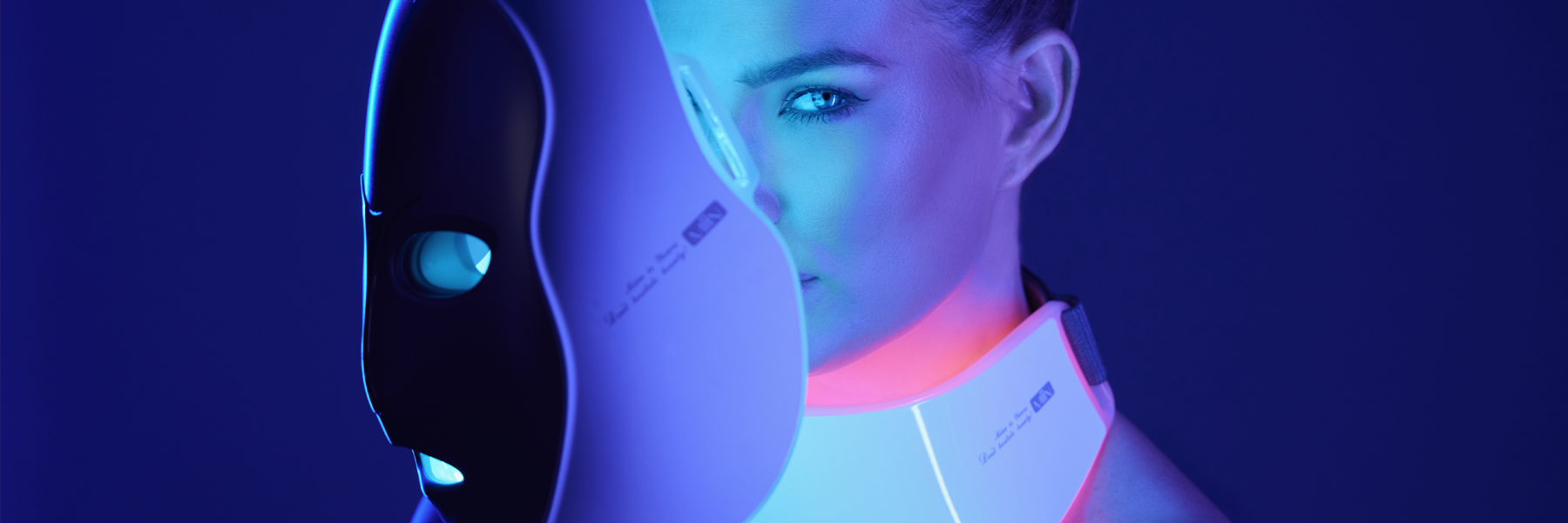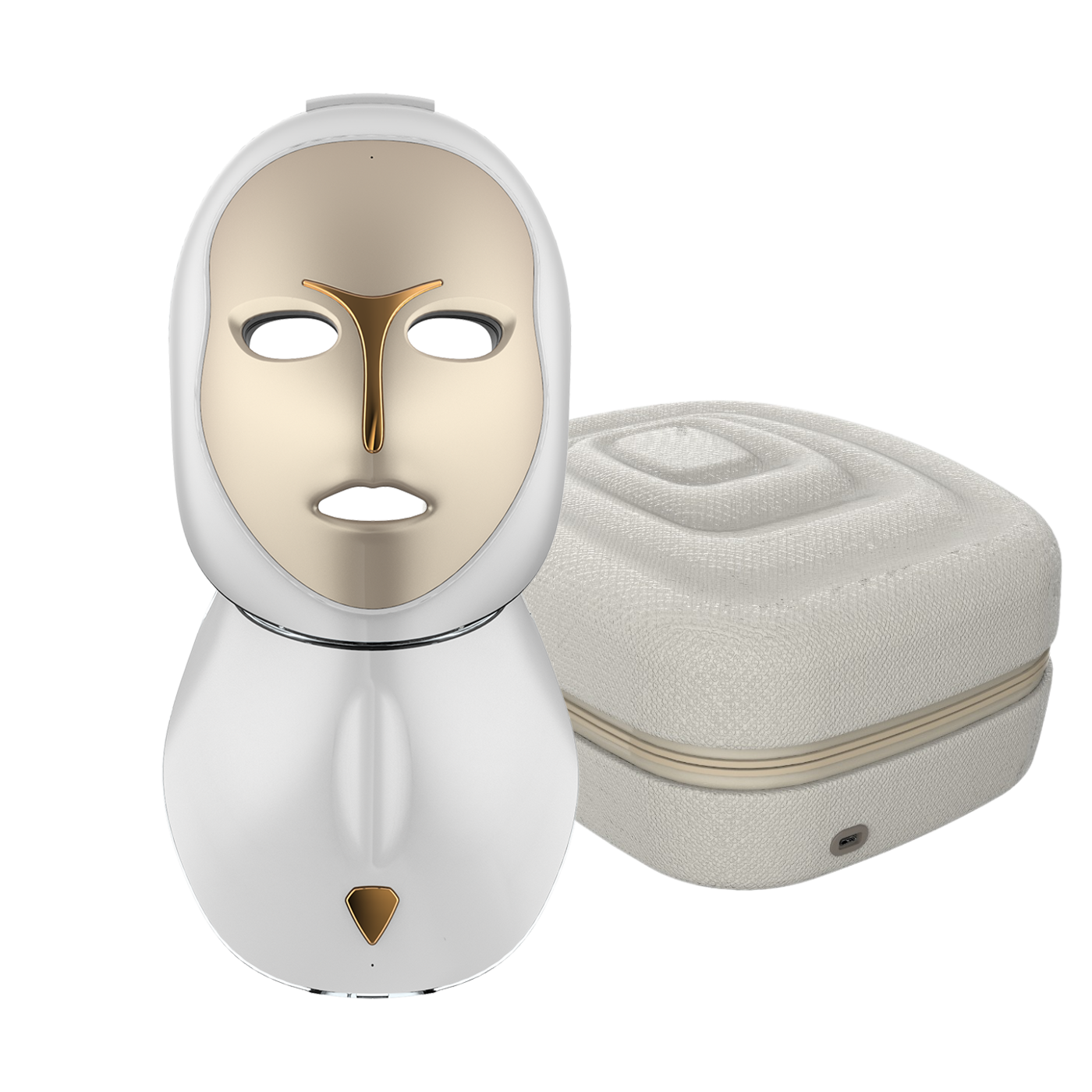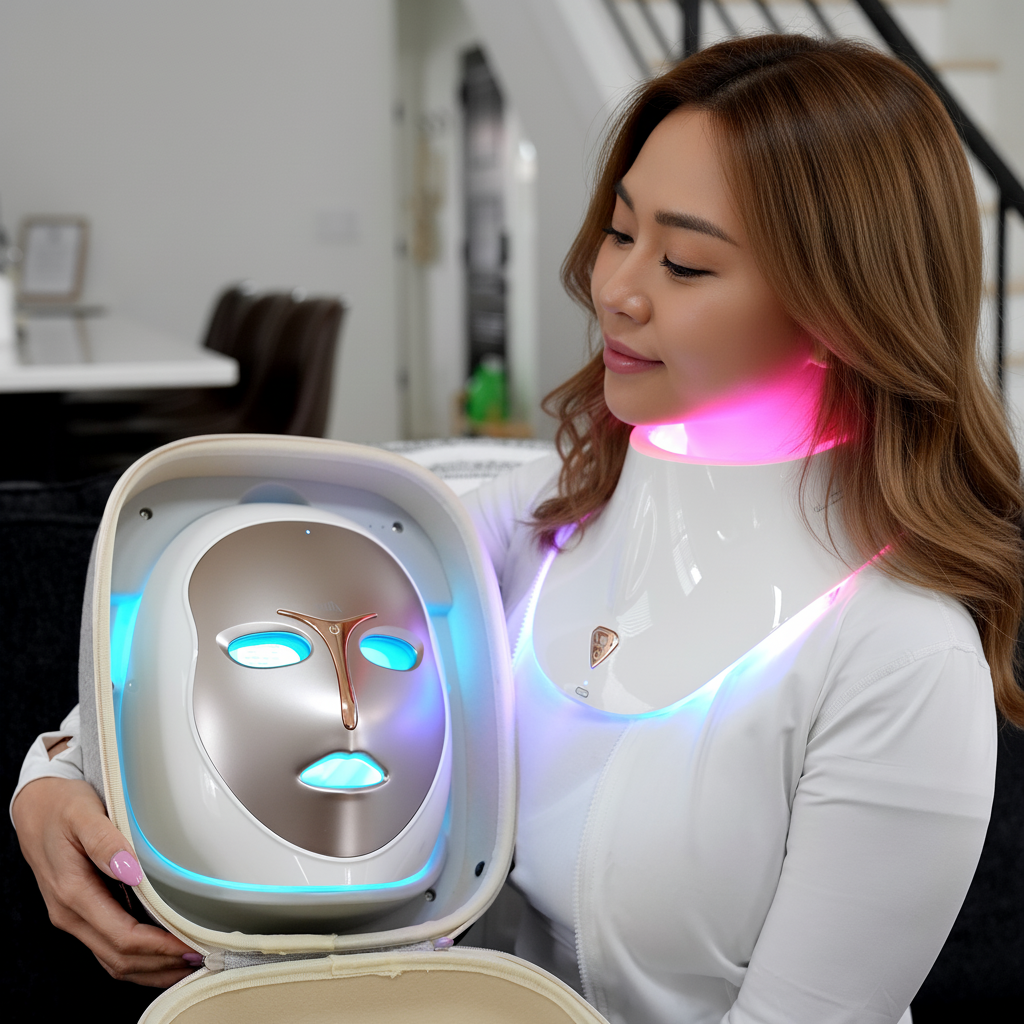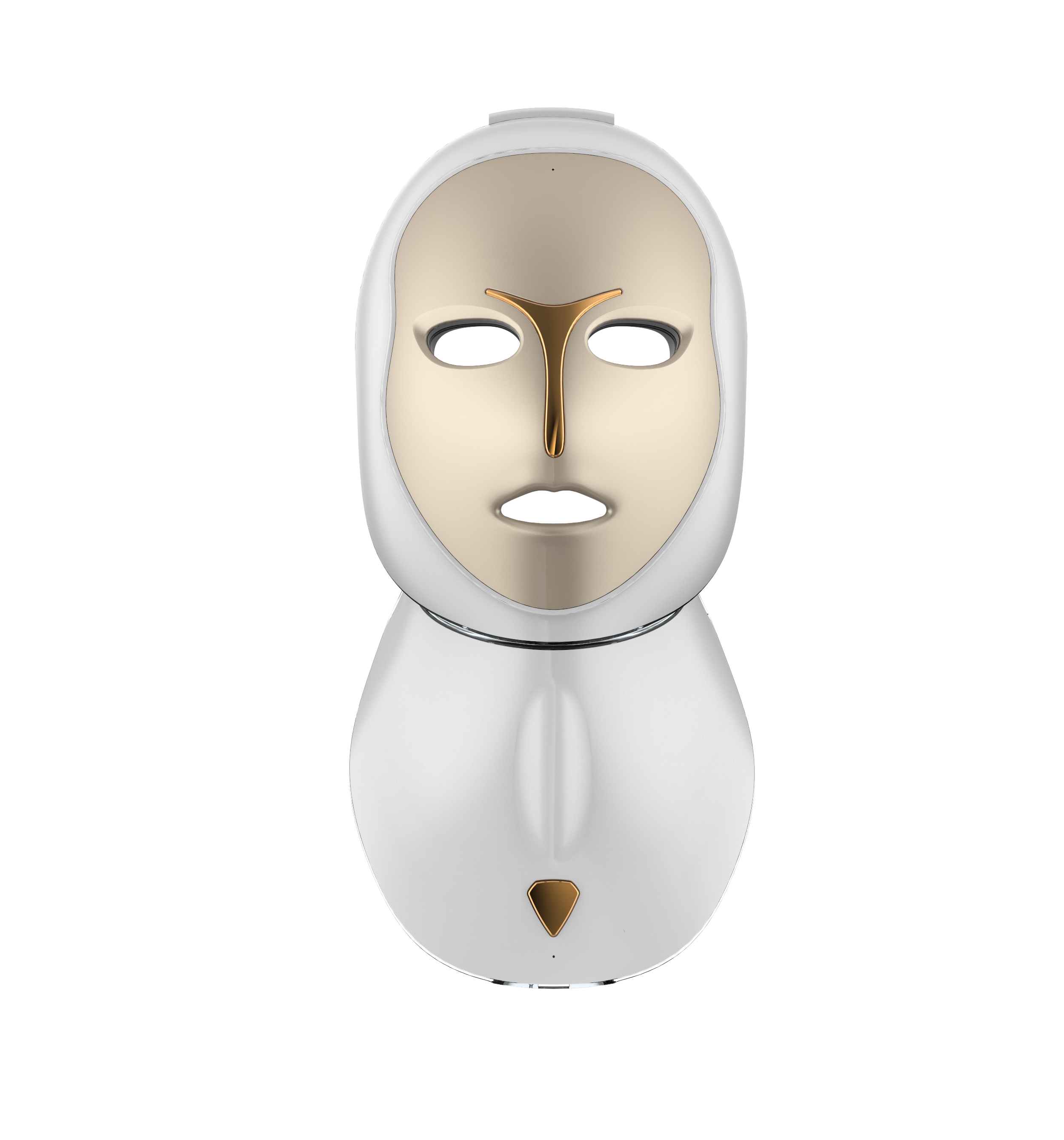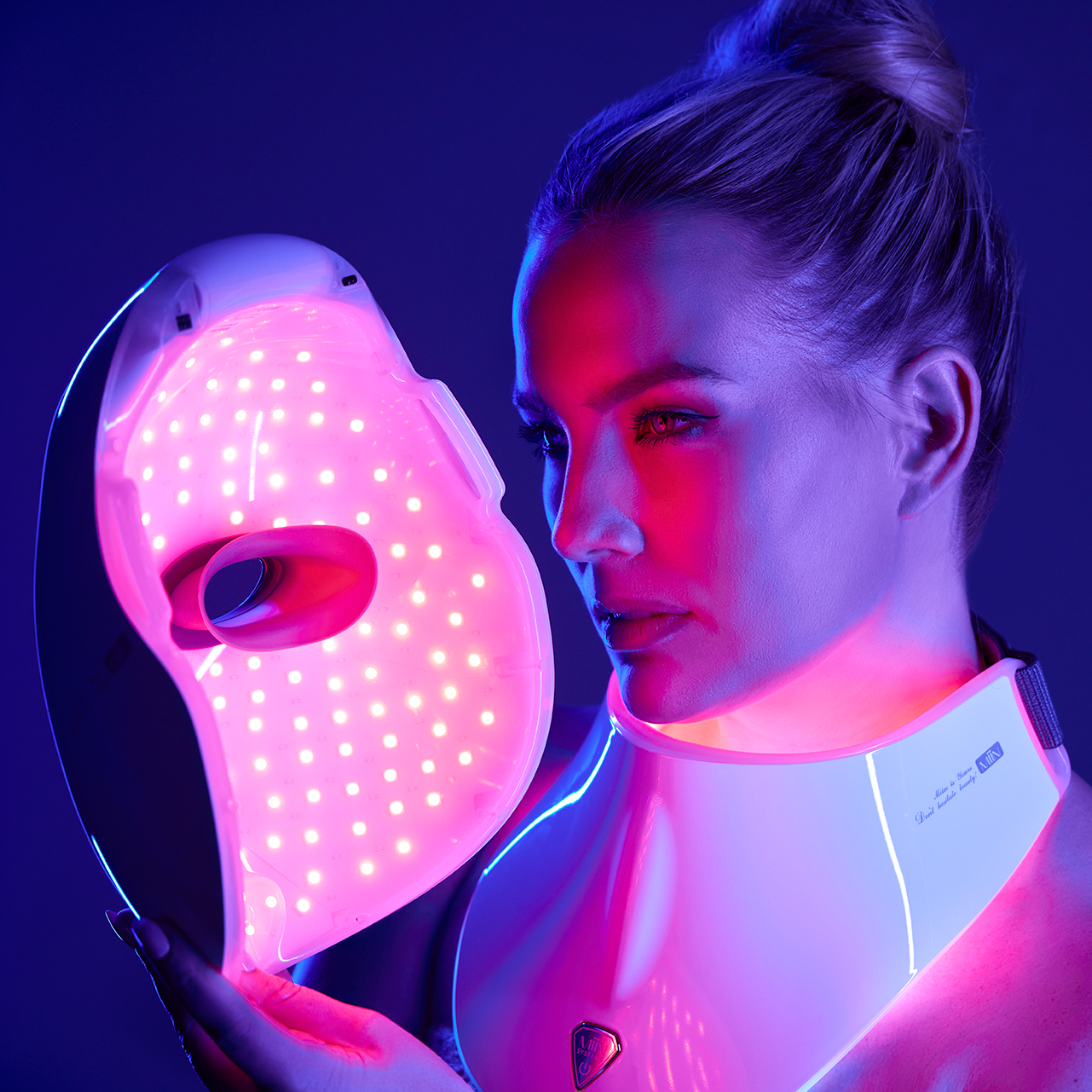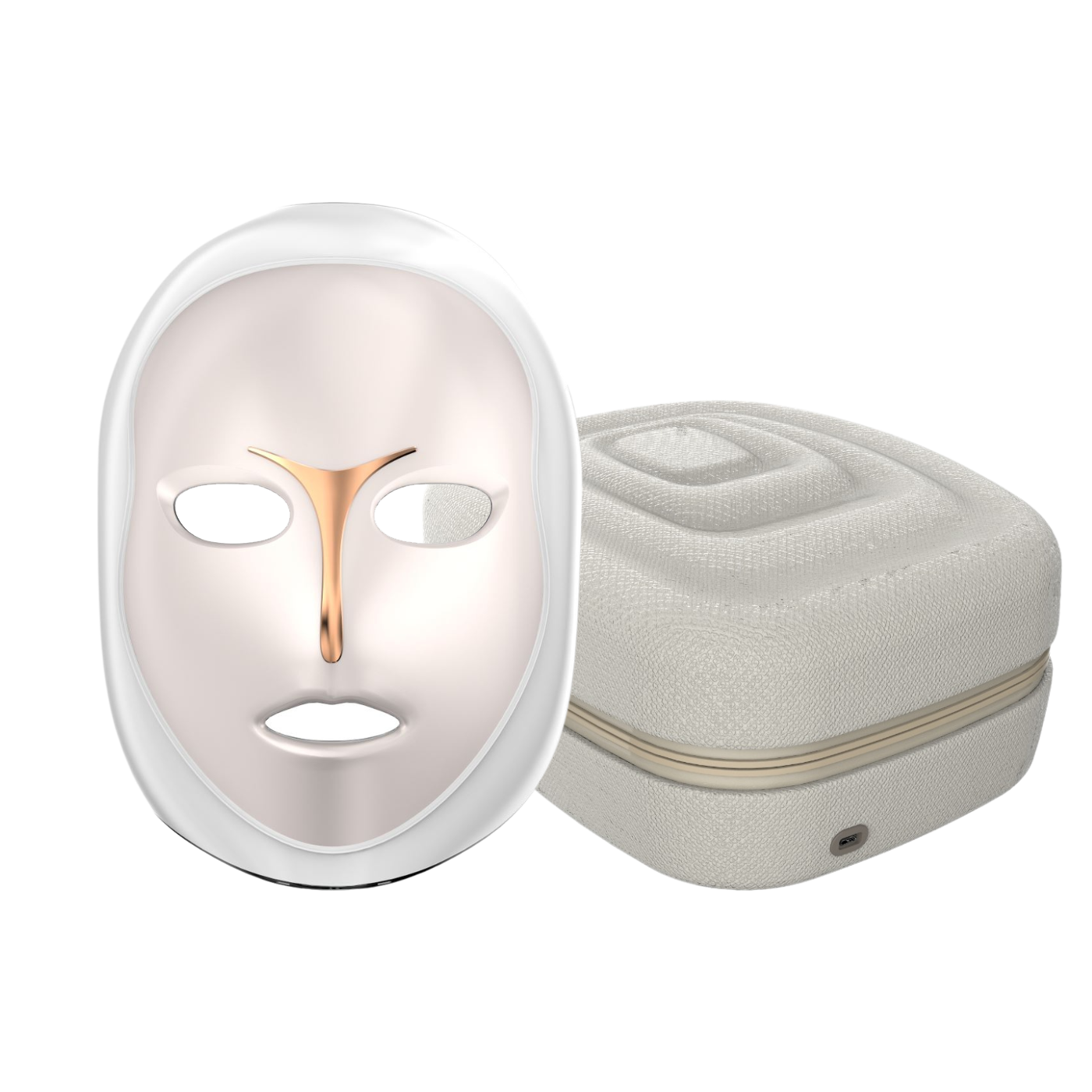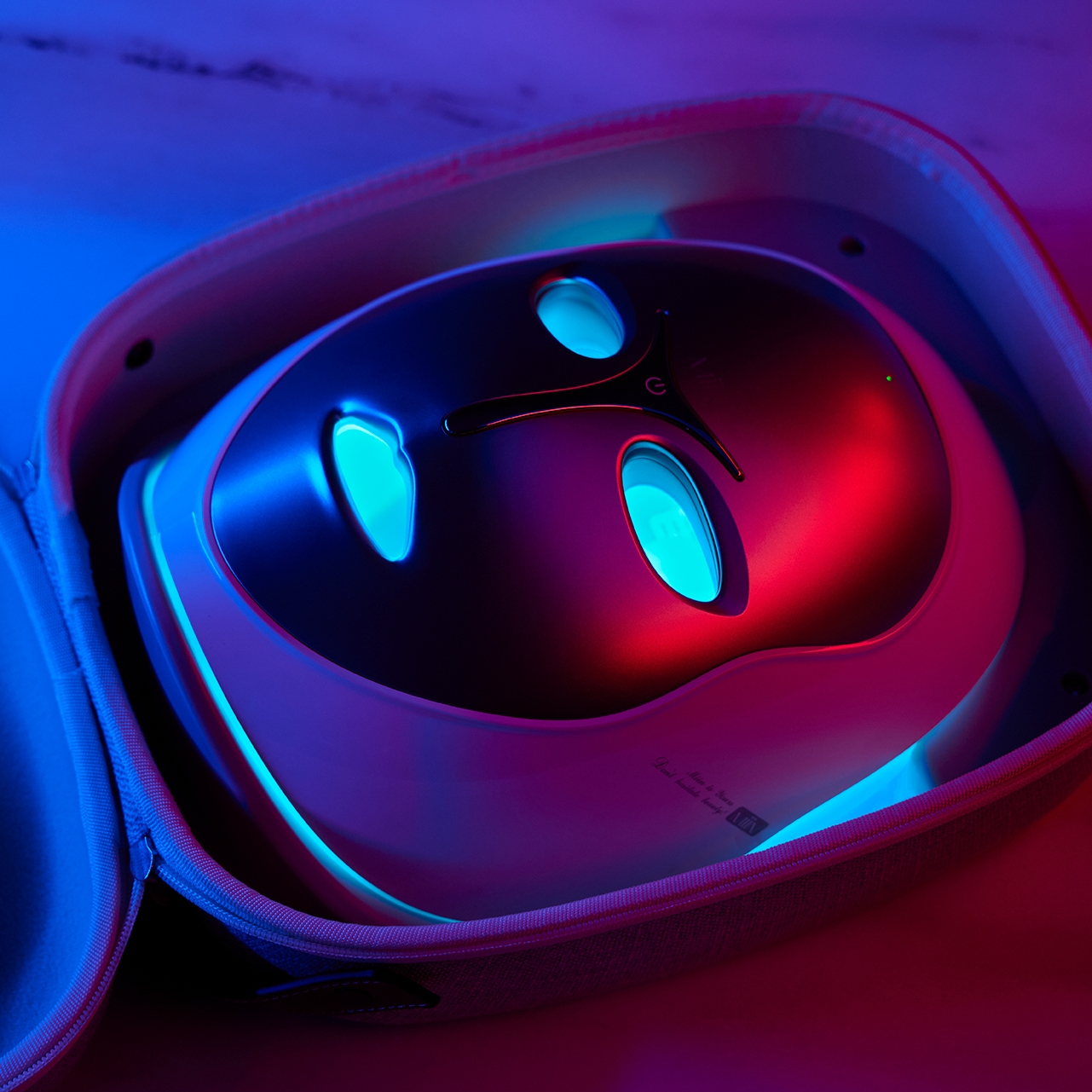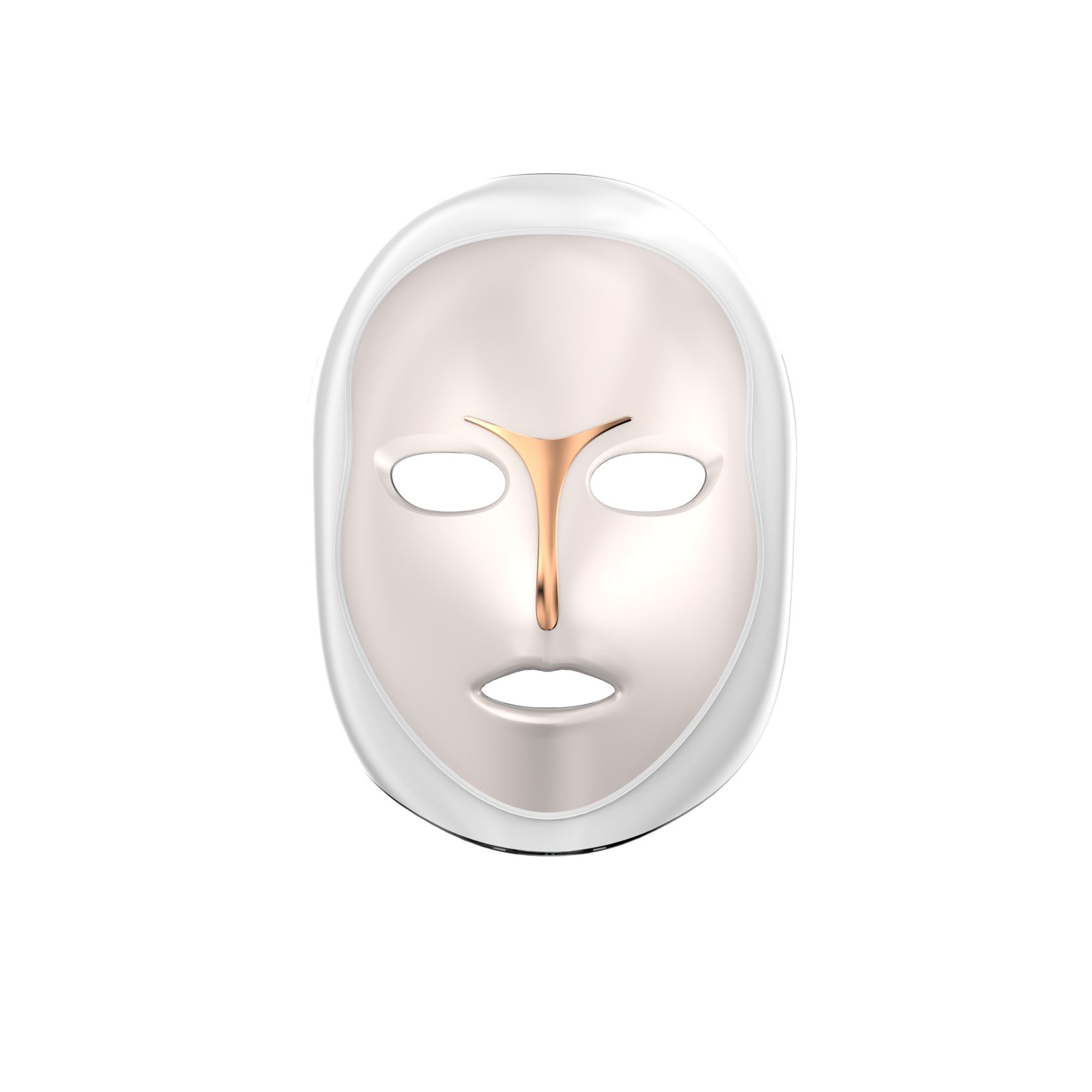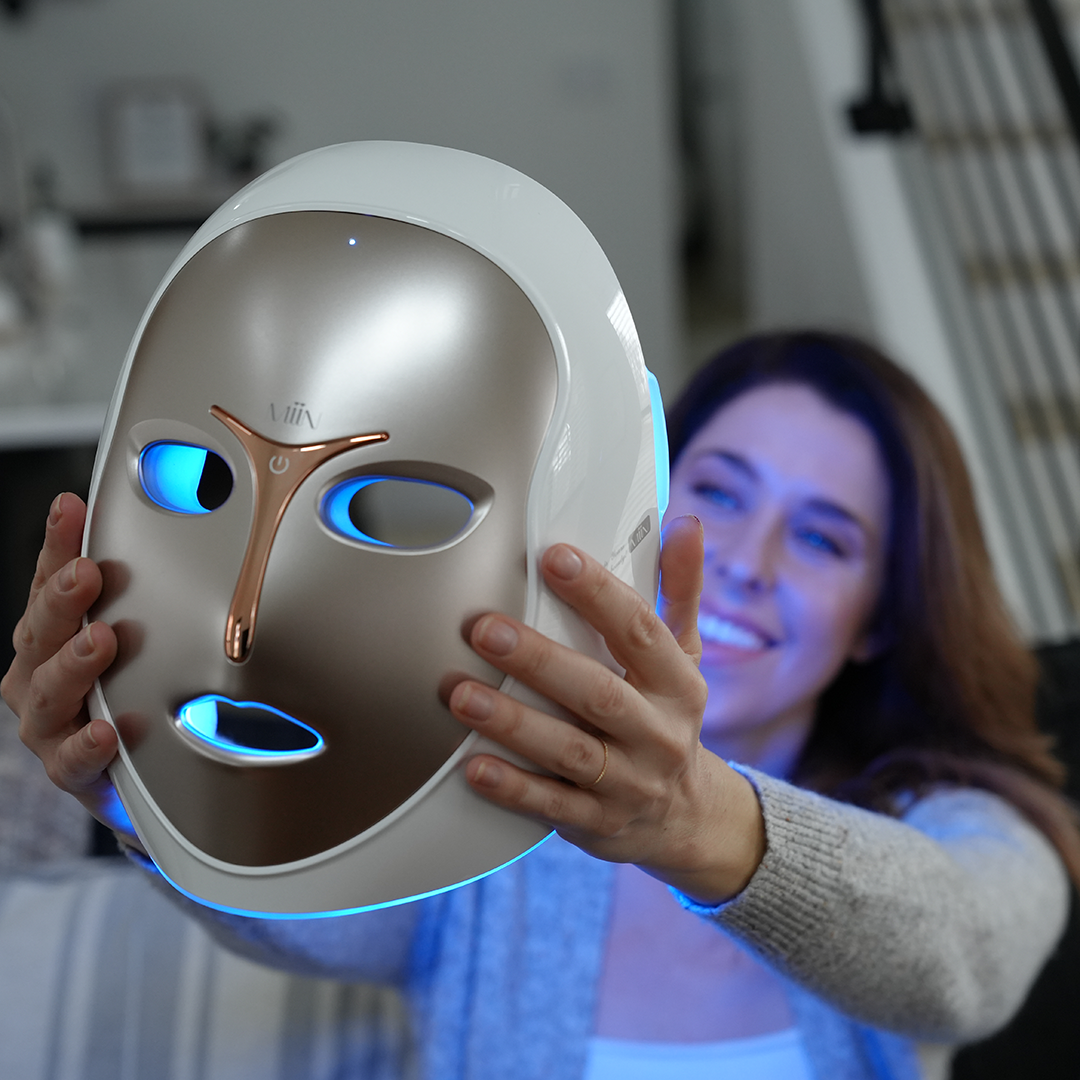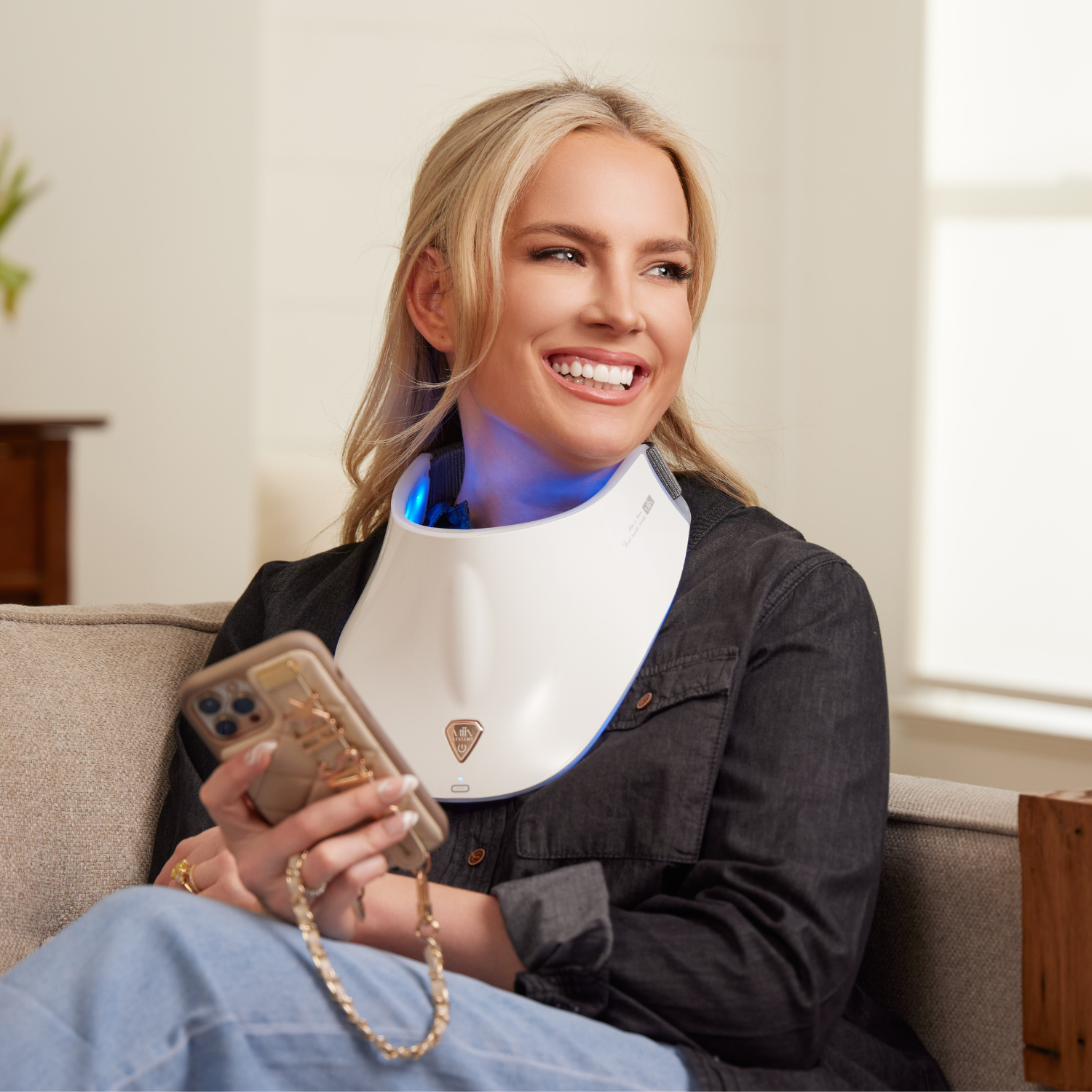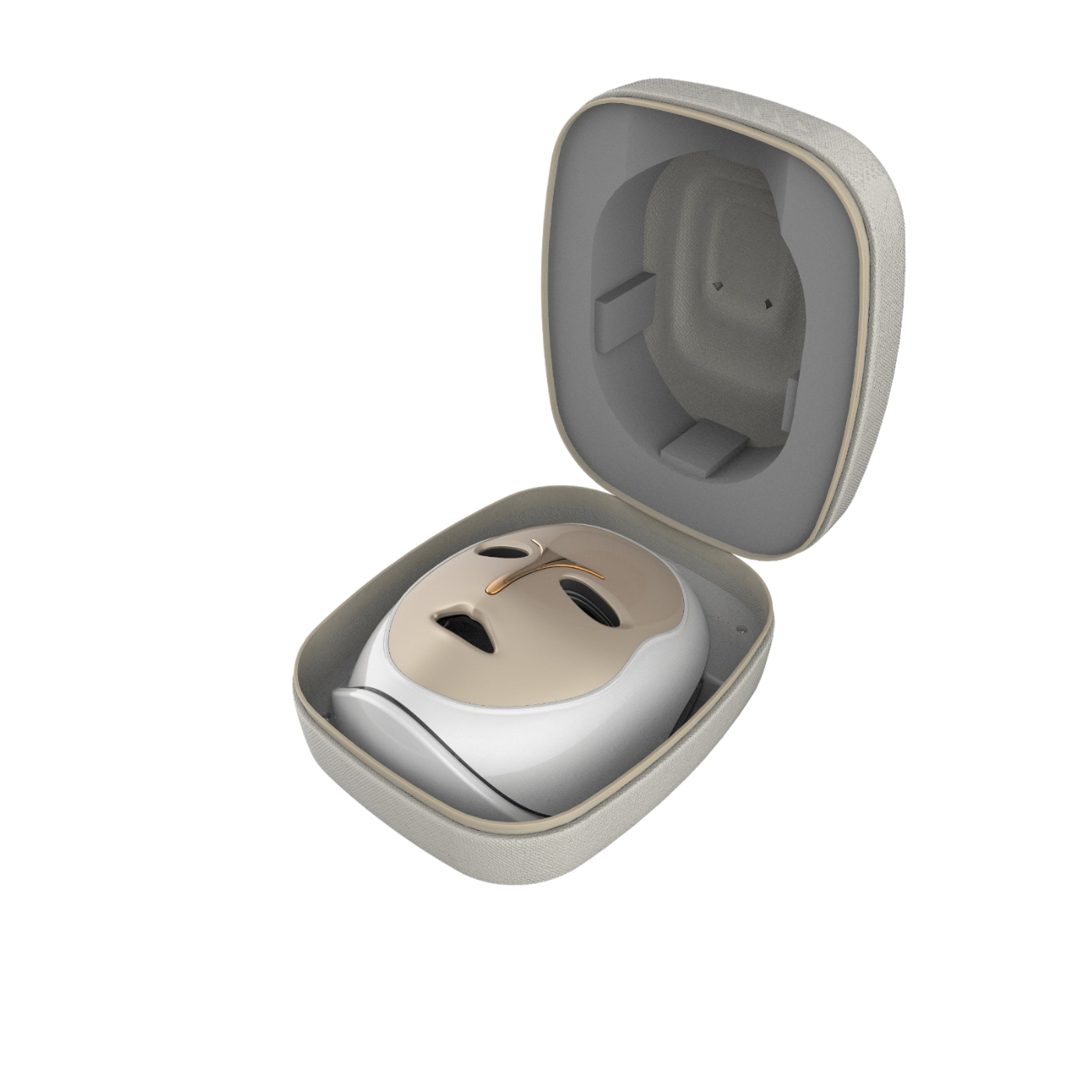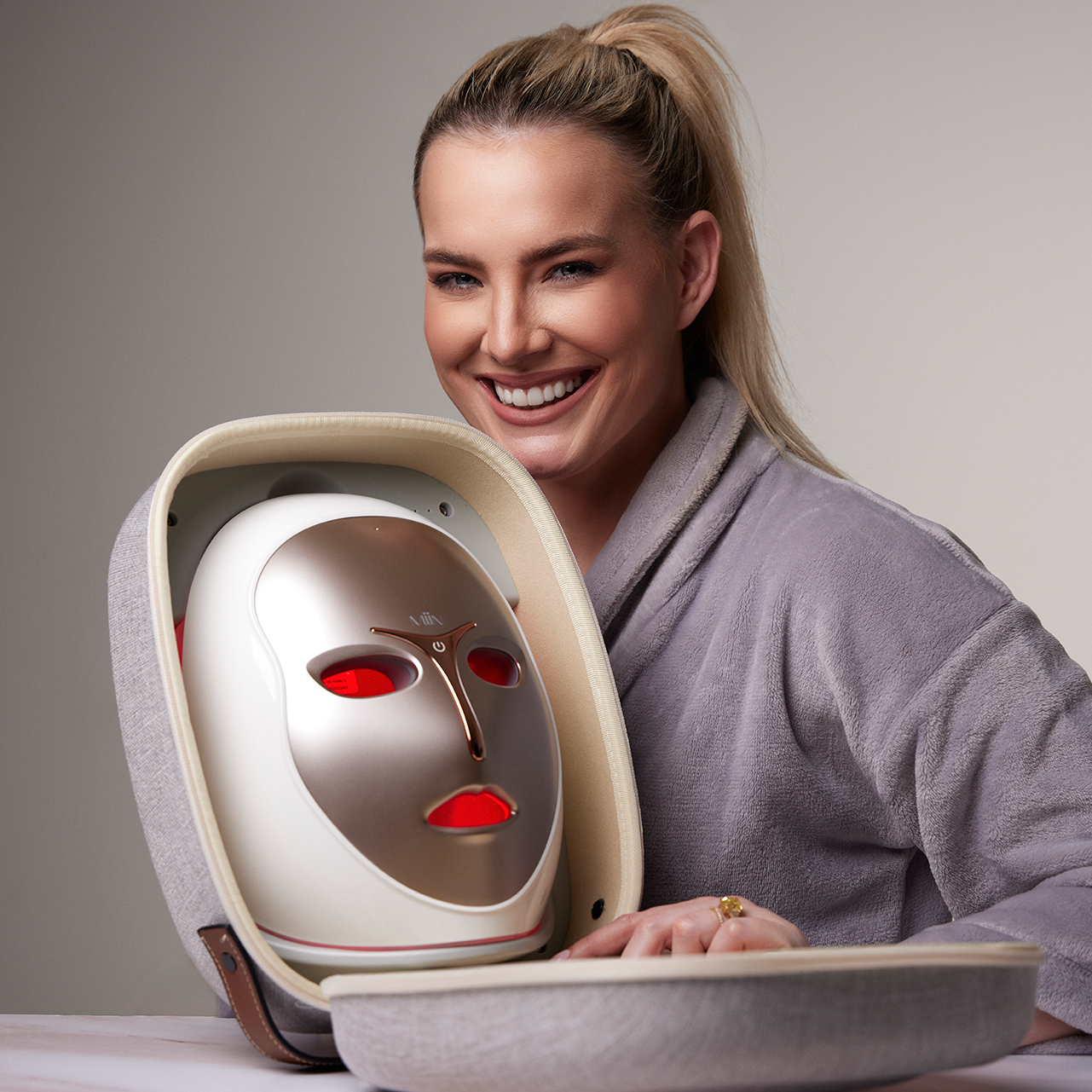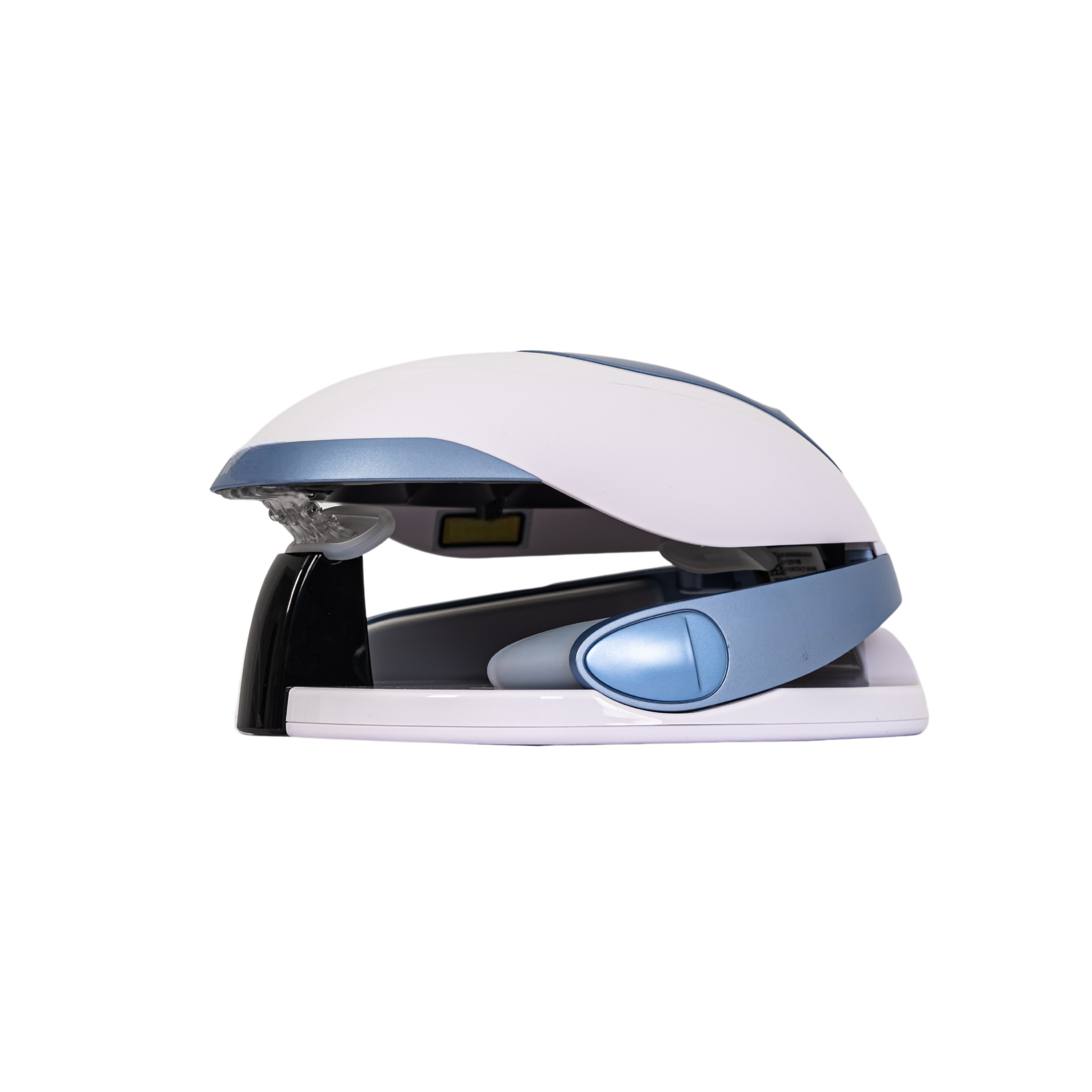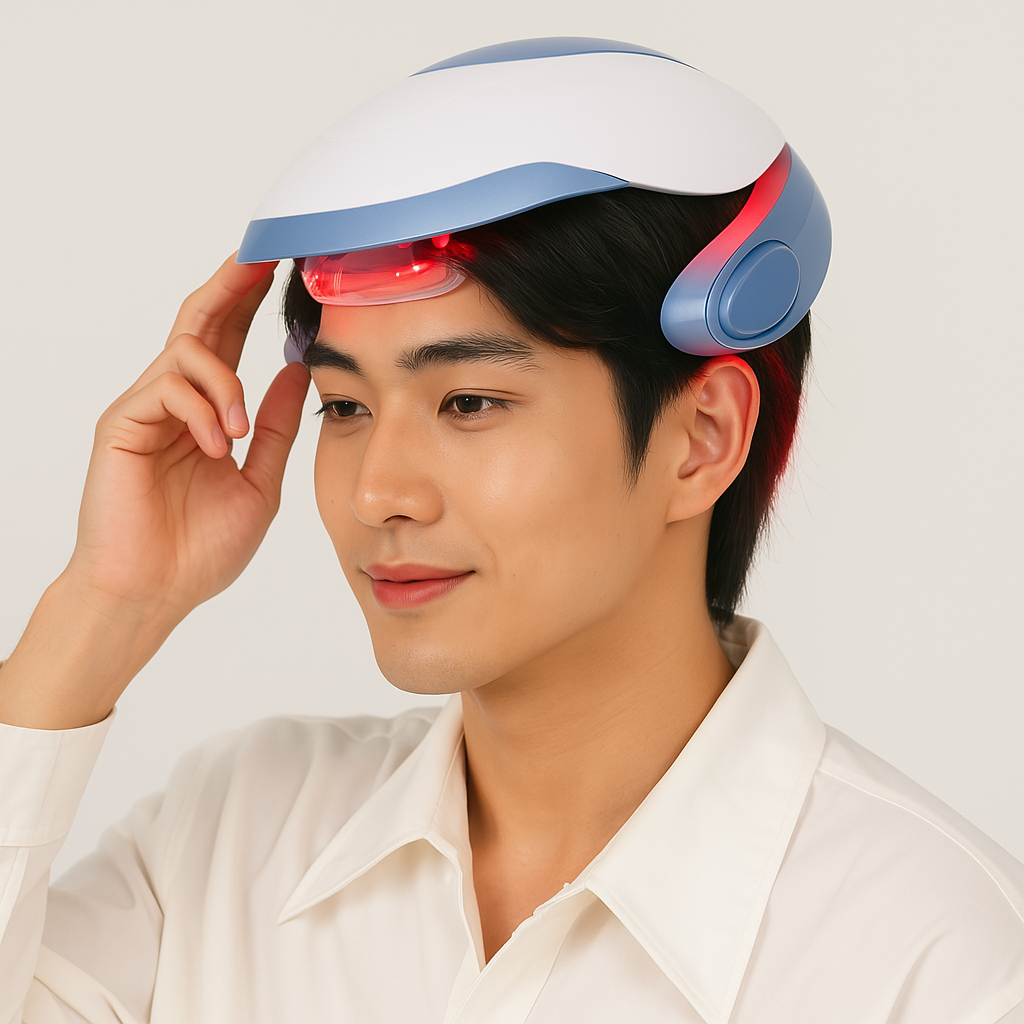6X IN 2024 & 5X IN 2025
We sold out on Black Friday ❤️ Thank you for your support! We're now back in stock!
With Love & Light - The Artemis Team
7 products
AS FEATURED ON:











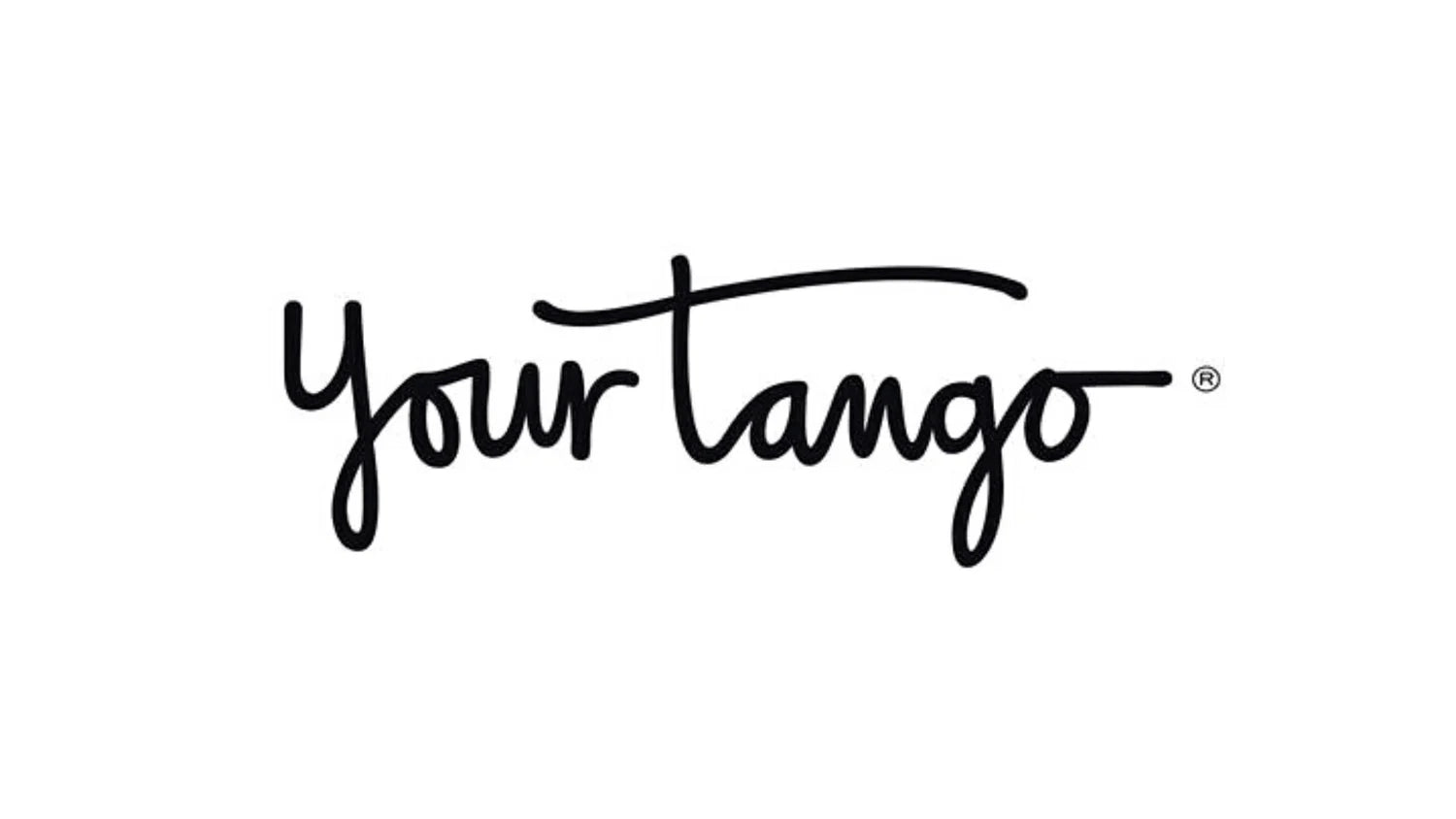

Key takeaways
- LED light therapy can help with common goals like reducing the look of fine lines and supporting clearer, calmer-looking skin—when used consistently.
- LED ≠ UV. Masks use visible/near-infrared light (not UV), so they don’t carry UV-type skin cancer risk when used as directed; still, protect your eyes.
- Not one-and-done. Expect routine use (several times weekly) to see changes over weeks
Why choose Artemis LED?
Artemis brings a clinic-inspired, wearable format with comfortable fit and a simple routine designed for consistency—because results track to routine. (If you’re melasma-prone or on photosensitizing meds, see our safety notes below.)
Which system fits your routine? (quick chooser)
Complete System – Tailored Face + Neck coverage for “all-angles” routines. Plus sanitizing and easy recharging.
Mask & Neck System – Add neck care if you want uniform tone/texture from face to décolleté.
Mask – Core face results with the simplest routine.
Crown - Targeted hair health and regrowth.
How LED light therapy works (in plain English)
LEDs bathe skin with specific wavelengths that signal cells to turn down visible redness, support collagen, and targets bacteria causing acne without creating heat damage or UV exposure. Red/near-infrared are common for skin rejuvenation; blue targets acne.
Anti-aging, reduction of fine lines & wrinkles, boosts collagen and elastin production.
Anti-inflammation, reduction of dark spots & hyper-pigmentation and oil control.
Anti-acne and psoriasis.
It's a combination of the benefits of Red & Blue in one session.
Balancing of skin texture, reducing redness and rosacea.
Reduces swollen capillaries, promotes healing.
Results timeline & routine
Typical cadence: 3–5 sessions/week, ~10–20 minutes, for several weeks. Consistency > intensity.
What users often notice: more even tone/calmness in weeks; improving texture/firmness with continued use.
Tips for better outcomes
Start with clean, dry skin; keep routine comfortable for your skin.
Protect eyes (we provide built in eye guards_.
If melasma-prone or heat-sensitive, favor shorter, lower-intensity sessions and talk to your derm first.
FAQ
Do LED masks really work?
There’s growing clinical support for at-home red/blue LED to help mild acne and signs of photo-aging when used consistently; home devices are gentler than in-office treatments, so steady use matters.
Is an LED mask safe?
Generally considered safe for most skin types when used as directed; avoid if you have a photosensitive condition or are on photosensitizing meds unless cleared by your clinician. Always protect your eyes.
Does it use UV light (can it cause cancer)?
No. LED masks use non-UV wavelengths; they don’t carry UV-type cancer risk when used correctly.
How often should I use it?
Plan on 3–5 times per week for ~10–20 minutes, following your device directions.
How long until I see results?
Weeks, not days unless using high intensity settings. This is a compounding routine. Some people notice calmer-looking skin sooner; texture/firmness support needs longer consistency.
Can I use it if I have melasma?
Heat and some wavelengths can be tricky for melasma-prone skin. If you’ve had melasma or heat-triggered pigment, consult your dermatologist first and keep sessions short/low-heat.
Pregnancy/breastfeeding?
Always best to consult your doctor to be on the safe side even though it's generally considered safe.
Can LEDs hurt my eyes?
Red light can actually be beneficial. But it is still bright! Use proper eye protection such as our built in eye guards and avoid staring directly at the LEDs.
What about acne?
Blue and/or red LED can help mild-to-moderate acne with consistent use.
Can I use it with injectables?
Many clinicians allow LED after injectables, but timing varies; ask your provider.
Sources
- Cleveland Clinic. LED Light Therapy: What It Is, Benefits & Side Effects. Cleveland Clinic, 2023.
- American Academy of Dermatology. At-home Light Devices: Do They Work? American Academy of Dermatology Association, 2023.
- National Cancer Institute. Radiation: Ultraviolet (UV) Radiation. U.S. Department of Health and Human Services, 2022.
- Healthline. Cherney, Kristeen. LED Light Therapy: Uses, Benefits, and Risks. Healthline Media, 2022.
- Verywell Health. Leonard, Jayne. How Often Should You Use LED Masks? Verywell Health, 2023.
- Mayo Clinic. Phototherapy for Skin Conditions: Risks and Benefits. Mayo Foundation for Medical Education and Research, 2022.
- Gold, Michael H. “The Use of Light-Based Technologies in the Treatment of Acne Vulgaris.” Dermatology Times, 2021.
- Weiss, Robert A., et al. “Clinical Experience with Light-Emitting Diode (LED) Photomodulation.” Journal of Clinical and Aesthetic Dermatology, vol. 4, no. 7, 2011, pp. 32–38.
- Medical News Today. Anderson, Catherine. Red Light Therapy: Benefits, Uses, and Risks. Healthline Media UK Ltd., 2023.
- Passeron, Thierry, et al. “Melasma: A Clinical and Epidemiological Review.” British Journal of Dermatology, vol. 166, no. 3, 2012, pp. 626–636.
- Werschler, William P., et al. “The Use of Light Emitting Diode (LED) Therapy in Combination with Injectable Treatments.” Journal of Drugs in Dermatology, vol. 19, no. 12, 2020, pp. 1189–1194.

